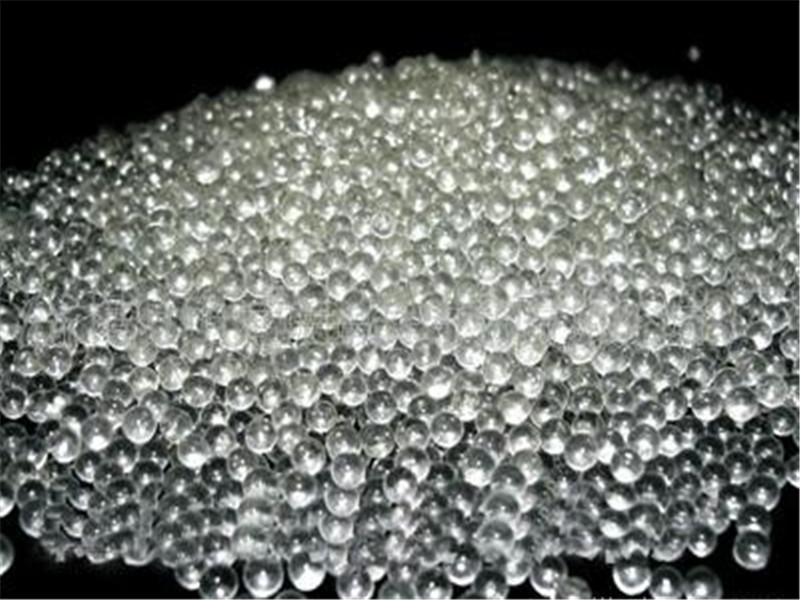Are Glass Beads the Solution for Effective Road Marking?
When it comes to road marking, visibility and durability are of paramount importance. The use of glass beads in road marking has become increasingly popular due to their ability to enhance visibility, improve safety, and provide long-lasting results. In this article, we will explore the effectiveness of glass beads as a solution for road marking, examining their benefits, application methods, and overall impact on road safety.
Enhancing Visibility with Retroreflectivity
Glass beads used in road marking are designed to provide retroreflectivity, a property that allows light to be reflected back to its source. This characteristic ensures that road markings are highly visible to drivers, particularly during nighttime or adverse weather conditions. When vehicle headlights illuminate the road markings containing glass beads, the beads reflect the light back to the driver's eyes, making the markings appear brighter and more prominent.
Improving Road Safety
The enhanced visibility provided by glass beads plays a crucial role in improving road safety. Clear and well-defined road markings enable drivers to navigate the road more effectively, reducing the risk of accidents, confusion, and lane violations. By ensuring that drivers can easily identify lanes, crosswalks, and other essential markings, glass beads contribute to a safer driving experience for all road users.
Durability and Longevity
Glass beads used in road marking are highly durable and capable of withstanding the heavy traffic and harsh environmental conditions. These beads are embedded in road paint or thermoplastic markings, securing them in place and protecting them from wear caused by vehicle tires and weather elements. The robust nature of glass beads ensures that road markings retain their reflective properties over an extended period, providing long-lasting visibility to drivers.
Application Methods
Glass beads can be applied in two main ways: pre-mixed in road paint or applied as drop-on beads.
Pre-mixed: In this method, glass beads are pre-mixed with road paint or thermoplastic material. The mixture is then applied directly to the road surface using conventional road marking equipment. As the paint or thermoplastic dries, the beads become embedded, creating a durable and reflective surface.
Drop-on: Drop-on beads are applied after the road marking material has been laid down. Once the paint or thermoplastic is still wet, glass beads are uniformly spread on top of the marking. The beads adhere to the surface, becoming embedded and providing retroreflectivity.
The choice of application method depends on factors such as the type of road marking material, environmental conditions, and specific project requirements.
Environmental Considerations
Glass beads used in road marking are often made from recycled glass, aligning with sustainability efforts. The recycling of glass reduces waste and minimizes the demand for new raw materials. Additionally, glass beads are non-toxic and chemically inert, posing no harm to the environment or human health.
Conclusion
Glass beads offer an effective solution for road marking, contributing to enhanced visibility, improved safety, and long-lasting results. By providing retroreflectivity, glass beads ensure that road markings are highly visible to drivers, day or night. Their durability and application versatility make them suitable for various road marking projects. As a sustainable option made from recycled glass, glass beads also align with environmental considerations. When it comes to effective road marking, glass beads have proven to be a valuable solution that enhances road safety and helps create a clear and efficient road network for drivers.
274
0
0


Comments
All Comments (0)